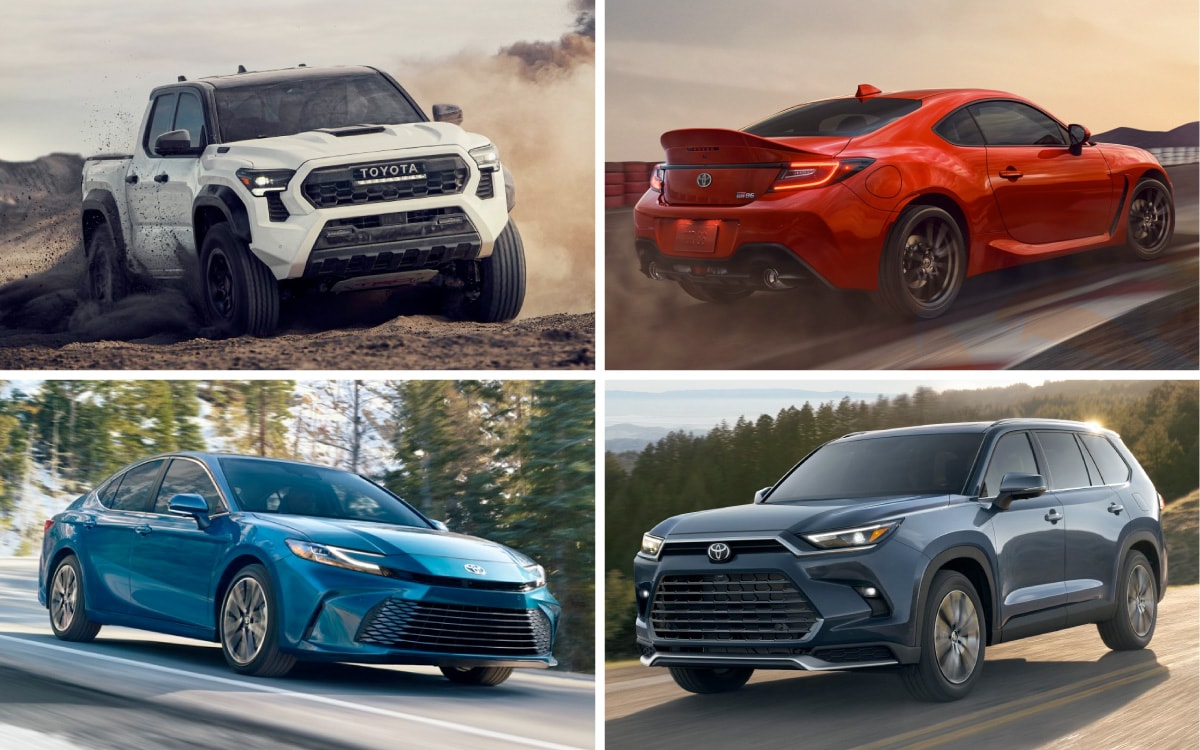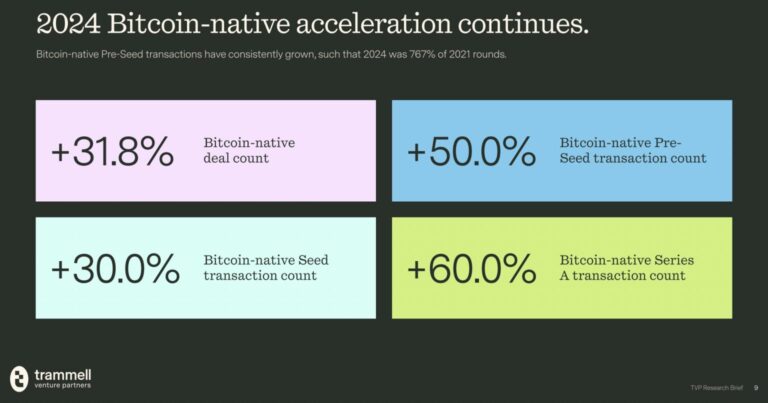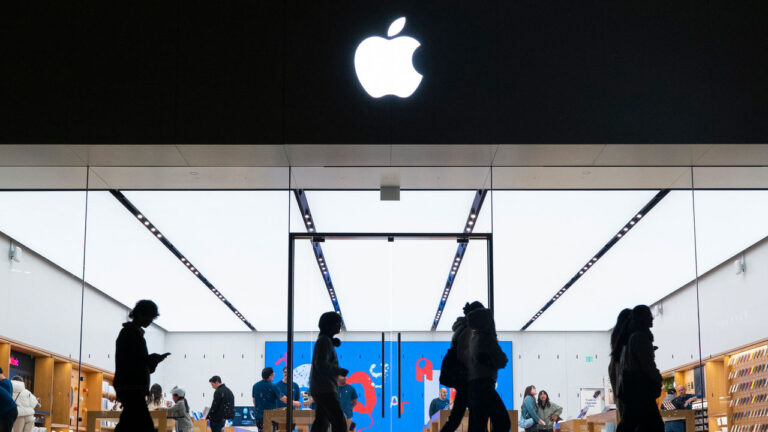This article is an on-site version of our Moral Money newsletter. Sign up here to get the newsletter sent straight to your inbox.
Visit our Moral Money hub for all the latest ESG news, opinion and analysis from around the FT
Greetings from that magical corner of America known as Big Sur, on the rocky Californian coast line. I have escaped here for a couple of days to recharge after the frenzy of the annual Milken conference in the famous wellness centres. These pride themselves on their fantastic yoga and healing sessions — and laudable commitments to being green.
But just how planet-friendly are yoga pants and mats in reality? Not as much as you might think. See below for an illuminating piece by Kaori on the dirty secret of the “stretch” in yoga clothes that sustainability enthusiasts might not know about. And check out the latest piece in our series about the extraordinary innovations emerging around hydrogen — this time in relation to Toyota’s work to develop hydrogen-fuelled cars and trucks. This innovation road is strewn with big challenges, but also some striking opportunities. Read on — and let us know what you think. (Gillian Tett)
Last week the Japanese auto group Toyota announced it had struck a deal with the North American trucking group PACCAR to develop two new long-distance haulage vehicles called Kenworth and Peterbilt. Nothing odd about that, you might think: mobility companies often team up in different parts of the supply chain, and haulage is a vast business.
But these vehicles come with a striking twist: the trucks, which will roll off the assembly line later this year and go into mass production in 2025, are powered by hydrogen fuel cell modules instead of diesel engines. And the two companies hope to “realise a future where hydrogen fuel cell technology can power heavy-duty trucks that can travel across highways throughout the US with zero emissions”, as Christopher Yang, a top Toyota executive, explained.
Or as John Rich, PACCAR vice-president, declared: “This is not a pilot. This is not an experiment. It’s not a trial. We’ve done all that. This is a tool that is ready to go to work — purchased, deployed and supported with all the durability and uptime expectations of the diesel engine . . . Hydrogen presents the best zero-emission technology solution for long-distance Class 8 trucks.”
Some cynics might question that. Never mind that hydrogen has traditionally been viewed as a rather dangerous fuel in the eyes of the American public, due to the infamous 1937 Hindenburg disaster (when a hydrogen air balloon exploded). The more practical challenge today is whether there will ever be the infrastructure to support the widespread usage of hydrogen vehicles. It took decades to roll out America’s networks of “gas” (ie petrol) stations along its highways. And while electric vehicle usage has recently soared in the passenger car market, and a network of EV recharging stations has emerged on the east and west coasts of America, there are currently very few hydrogen fuelling stations — precisely because this fuel is relatively new.
However, Toyota has been quietly developing hydrogen vehicles since 2021 in the US, and already launched a passenger vehicle series called the Mirai. Last week I did a test drive in one of these along the freeways and roads in Los Angeles, and can report that it is a remarkably nippy and smooth vehicle that drives in a manner similar to an EV. To support these, Toyota is working with oil majors such as Shell, Exxon and Chevron to roll out charging stations in California. This is proceeding relatively slowly, due to the horrific complexities of American local planning laws. But since the Mirai has a range of up to 400 miles, and dozens of stations have now been installed, these passenger vehicles are now on the road in California.
However, the holy grail for Toyota is the trucking sector. “We think that hydrogen holds out more promise than electric batteries for big vehicles,” Gill Pratt, a top Toyota executive, told me. One reason is that with current technologies, electric batteries need to be monstrously big and heavy to power trucks. Worse still, charging an electric battery for a truck can take many hours — and truckers do not want to waste this valuable time when they are on the road. EV batteries also require rare earth minerals and metals, such as lithium — and as Elon Musk, the self-styled king of EVs, has often pointed out, these items are in increasingly short supply.
Hydrogen fuel cell modules, by contrast, can be charged in a matter of minutes using pressurised systems (when I was in the port of Los Angeles I saw a Shell-operated pump for trucks that uses a 1000 psi, or pounds force per square inch, system; this is a strikingly high level of pressure.) The modules are far smaller and lighter than electric batteries, and fairly easy to install — which truckers like. The trucks move in a fairly flexible manner (when I took a test trip in one, it kept overtaking traditional trucks on the road). They also use smaller amounts of rare earth minerals. And those Hindenburg-linked safety concerns? The Toyota team insists that modern technology means there are no risks of any 1930s-style explosions (and it has repeatedly fired guns at the vehicles to test this, it says).
Of course, EV evangelists might retort that these comparisons could soon look as outdated as those Hindenburg fears, since engineers are now racing to create smaller and more efficient electric batteries. And one drawback of both hydrogen-fuelled and electric battery vehicles is that they can only be considered truly “green” if the process to create the underlying electricity or hydrogen is carbon-neutral too. Either way, we will certainly hear a great deal more about hydrogen in the coming months, since the Inflation Reduction Act has created some astonishingly large subsidies for hydrogen production in America, relative to Europe and Asia. So much so that Toyota now expects to use hydrogen fuel cells for a host of other purposes, such as regular household energy usage.
Indeed, the one thing that can be stated with confidence is that we are still in a fairly early stage of this race to create clean energy. “We don’t know with certainty what tech solution will be best since there is still so much innovation occurring,” Pratt adds. “So we are exploring several alternatives with a diverse portfolio of solutions.” In plain English: companies need to stay flexible. Gillian Tett
Since the coronavirus pandemic pushed millions into exercising at home, interest in yoga has surged to new levels.
In 2020, the yoga wear market grew to a whopping $6.4bn just in North America, according to Fortune Business Insights. The worldwide market for yoga wear was $19.2bn in the same period and is projected to double to $40bn by 2028.
But yoga pants present a major challenge for apparel companies seeking to become greener. Martin Mulvihill, co-founder and general partner at SaferMade, a venture capital firm investing in companies and technologies that eliminate hazardous chemicals from consumer products, told me that “not even the industry leaders are there on yoga pants”.
Recent green efforts by the likes of yoga wear manufacturer Lululemon have not adequately addressed the question of these popular clothes. In 2021, Lululemon partnered with Genomatica, a company developing plant-based nylon via an equity investment. It recently launched its first shirts partially using this plant-based fabric.
While company analysts also applaud Lululemon’s efforts, this new fabric lacks a key feature — stretchiness.
It turns out that is where the biggest problem lies. Achieving that stretchy feel is the biggest challenge for those seeking to replace the petrochemical-based polyurethane that is commonly used in yoga pants.
Not only do synthetic fibres like polyurethane take far more fossil fuel energy to produce than natural fibres, but with each wash, tiny synthetic microplastics are released, polluting waterways and getting eaten up by fish or other marine animals.
Investors are eager to solve the challenge. Mulvihill tells me that Safermade is in talks with three companies that are in early stages of creating bio-based and biodegradable polyurethane. But so far, “none of them have been able to make it with the same stretch and performance”, he said. (Kaori Yoshida, Nikkei)
Green subsidies in the US have tended to be fairly modest. However, as a striking piece in the New York Times notes, last year’s Inflation Reduction Act is now having a far bigger impact than expected, sparking a manufacturing boom — and (yet more) inflationary pressures.
May 23-24, 2023Unlocking Opportunities for a Greener and Fairer WorldIn-Person & Digital | Hilton London Bankside | #FTMoralMoney
Register Now
FT Asset Management — The inside story on the movers and shakers behind a multitrillion-dollar industry. Sign up here
Energy Source — Essential energy news, analysis and insider intelligence. Sign up here
















